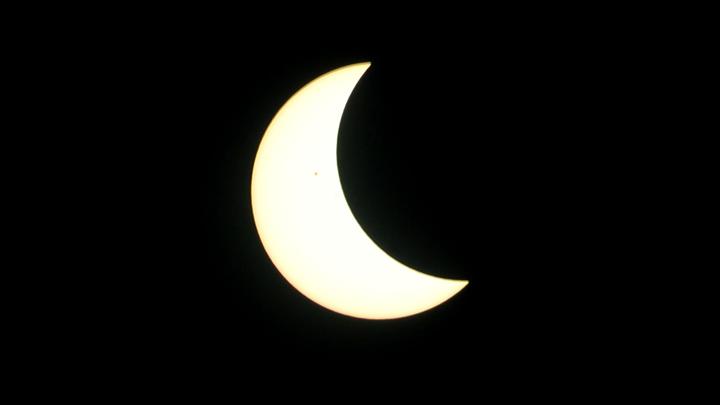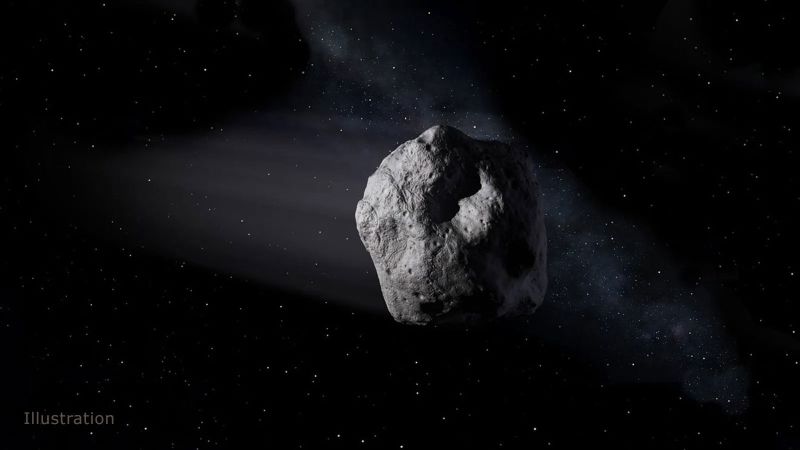By Defara Dhanya
Copyright tempo

TEMPO.CO, Jakarta – On Sunday, September 21, 2025, skywatchers in parts of the Southern Hemisphere will be treated to a rare astronomical event. A partial solar eclipse will occur just hours before the September equinox, which is why the phenomenon is being called the “equinox eclipse.”When and Where to WatchAccording to Live Science (September 17, 2025), the eclipse will take place from 13:29 to 17:53 EDT (September 22, 00:29 to 04:53 WIB). The September equinox itself will follow shortly after at 14:19 EDT (September 22, 01:19 WIB).Best viewing locations: Antarctica, New Zealand, and the South PacificNorthern Hemisphere: The eclipse will not be visible because the Sun will have already setFor people in New Zealand and the South Pacific, the event coincides with sunrise, creating the striking spectacle of a “crescent sunrise.” As the Sun rises above the horizon, it will appear partially obscured by the Moon. In Antarctica, even penguin colonies will witness the phenomenon.What Makes It Different From a Total Eclipse?A total solar eclipse briefly darkens the sky, but a partial eclipse only blocks part of the Sun’s surface. This creates a crescent-shaped Sun. Observers should remember that it is not safe to watch a solar eclipse without special eclipse glasses.Local HighlightsDunedin, New Zealand: The Sun will rise already in eclipse at 06:27 NZST on September 22, peaking about 40 minutes later with 72 percent coverageAuckland, New Zealand: Maximum coverage will reach 61 percentFiji and Tonga: A smaller partial eclipse at sunriseHobart, Australia: Only about 3 percent coverage visibleRoss Sea, Antarctica: The most dramatic view with 86 percent of the Sun’s disk obscuredWhat’s Next in the Sky?The next solar eclipse will occur on February 17, 2026. It will be an annular eclipse that produces the famous “ring of fire” effect for about 2 minutes and 20 seconds. This phenomenon will be visible only from remote areas of Antarctica.Editor’s Choice: NASA Bans Chinese Nationals Amid Rising “Space Race” TensionsClick here to get the latest news updates from Tempo on Google News



